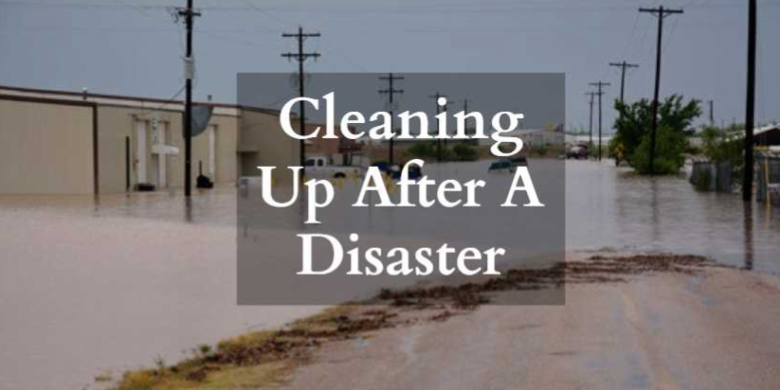How to Restore Your Disaster-Struck Home (And Make It Stronger for the Next Storm)
After the mess and panic of a natural disaster subside, it can be devastating to look at the damage to your home.
Repairs and restoration where needed can be costly, but you can minimize any future natural disaster damage at the same time by hiring contractors to reinforce your home against extreme weather while they fix the damage already dealt with.
If you’re looking to get a little insurance against any future damage caused by a natural disaster at the same time as getting your home fixed, then here are a few projects to mention to your contractor.
#1: Safe Room
No, it’s not room to house your safe—it’s an important precaution if you live within a climate where tornadoes can hit your home.
Chances are if your house stood through a tornado, you’re going to have to redo a lot of the outside, and probably electric work while you’re at it.
So while your walls are already being opened up and redone, consider adding a safe room.
The room should be guarded by an easily locked/unlocked storm door, and adhere to stringent safety building codes, but the basic idea is a structure within your house bolted to concrete and completely surrounded by a hardened shell for walls.
This shell can be made out of concrete, welded steel, or even thick fiberglass—ask your contractor which they recommend.
#2: Hurricane Straps
If your problems are more stormy than swirly, you may want to invest in some hurricane straps as you’re replacing the (entire) roof from the effects of the last hurricane that blew through.
Hurricane straps are steel ties affixed to the roof that stop it from bulging, sliding, or completely overturning during a strong storm.
The ties are then connected to the concrete foundation to ensure that everything stays in its proper place.
The ties aren’t hard to affix for a contractor with the right tools, so make sure to ask about any reduced fees as your roof is (probably) already exposed due to storm damage.
#3: Elevate Electrical
After a flood, you’ll probably have to hire out to get heavy-duty electrical work redone.
While you’re already having the fuse box repaired or replaced, it couldn’t hurt to elevate it and any other large heating or cooling equipment so that, in case the floodwaters come back, your electrical systems will have a better chance to safely function above sea level.
Your fuel tank is the other necessity to keep safe during a flood—try mounting it in a solid slab of concrete to make sure it can do its job even as the waters start to rise.
For these and any other restoration remodeling, find a damage contractor in your area.

